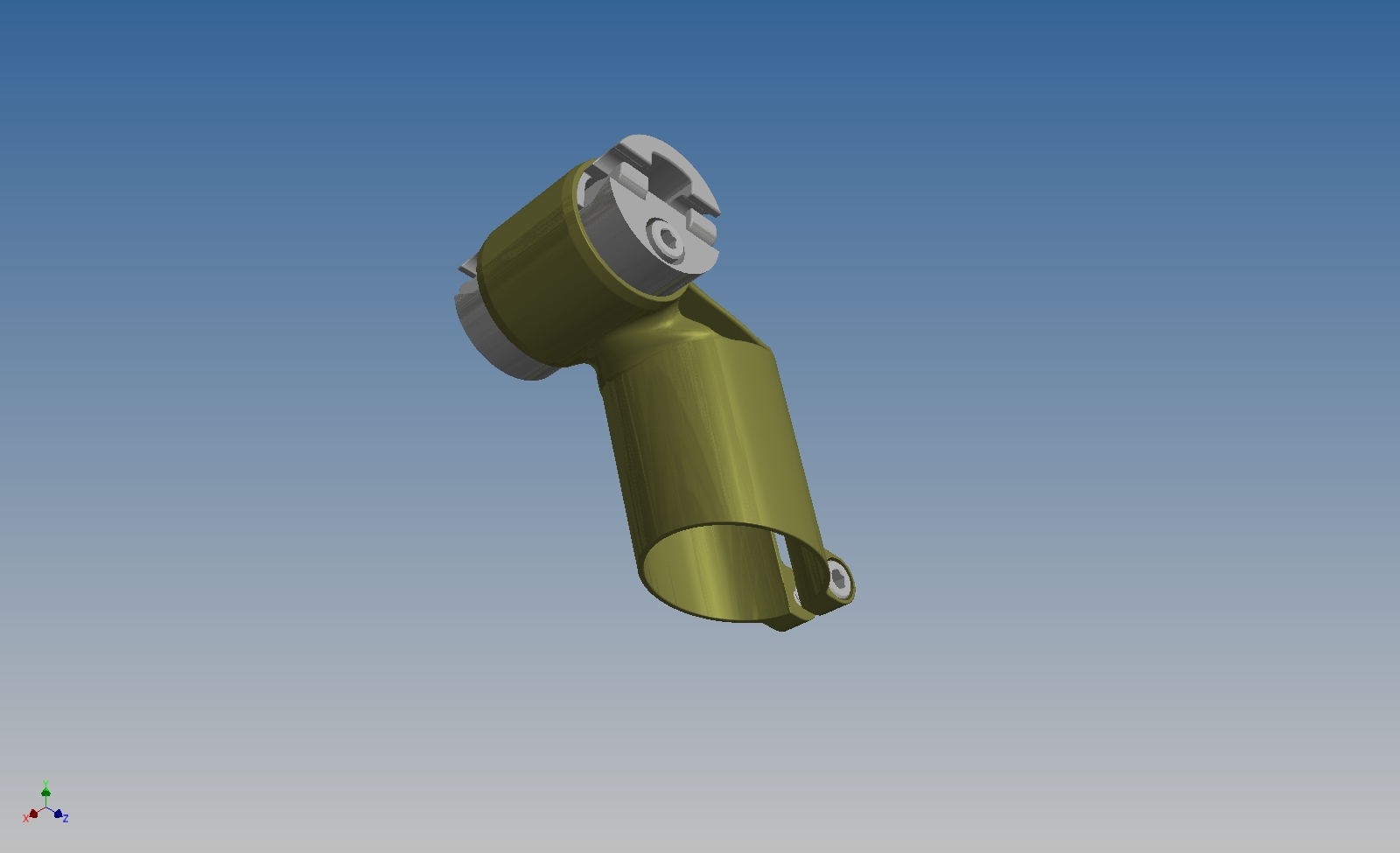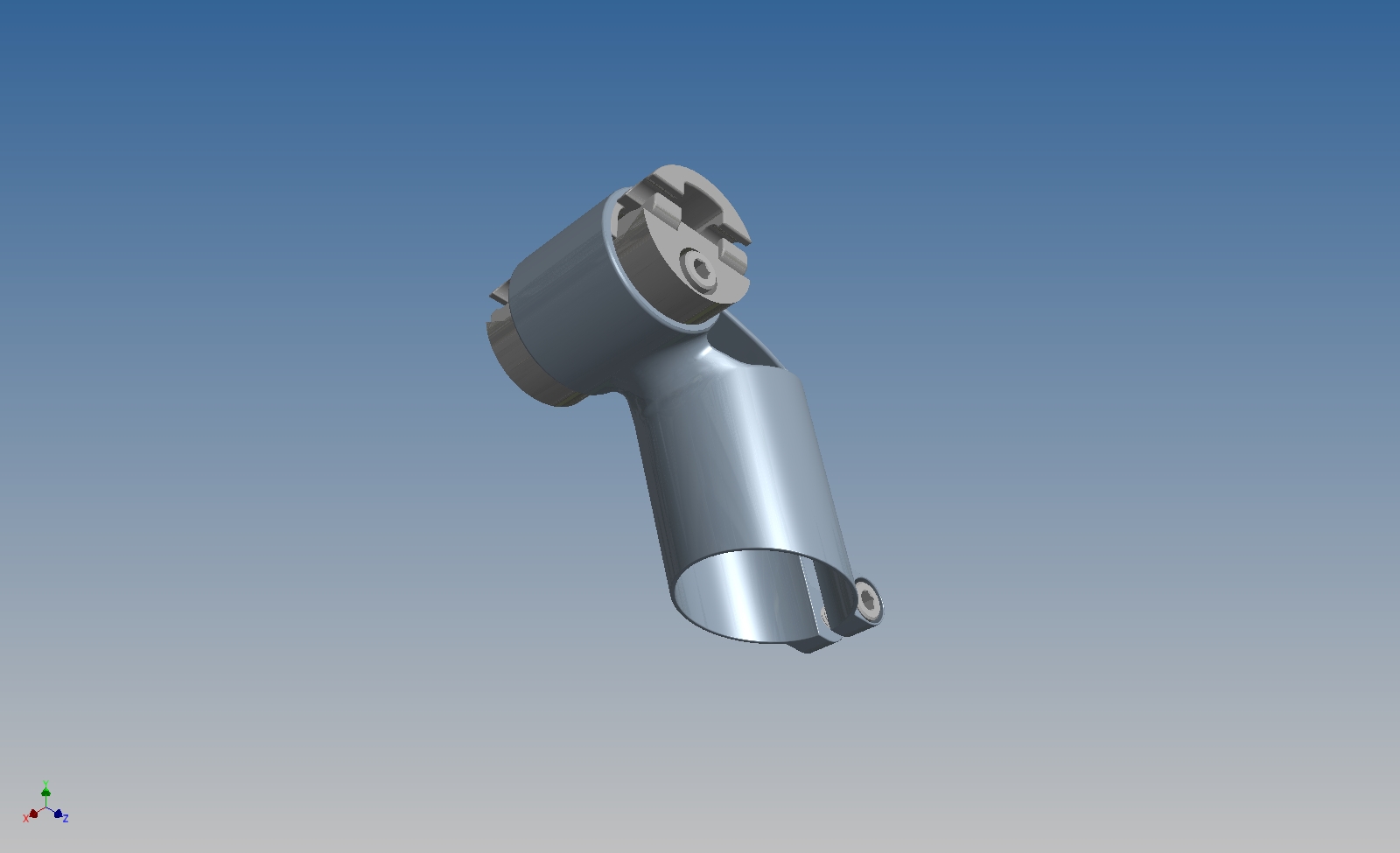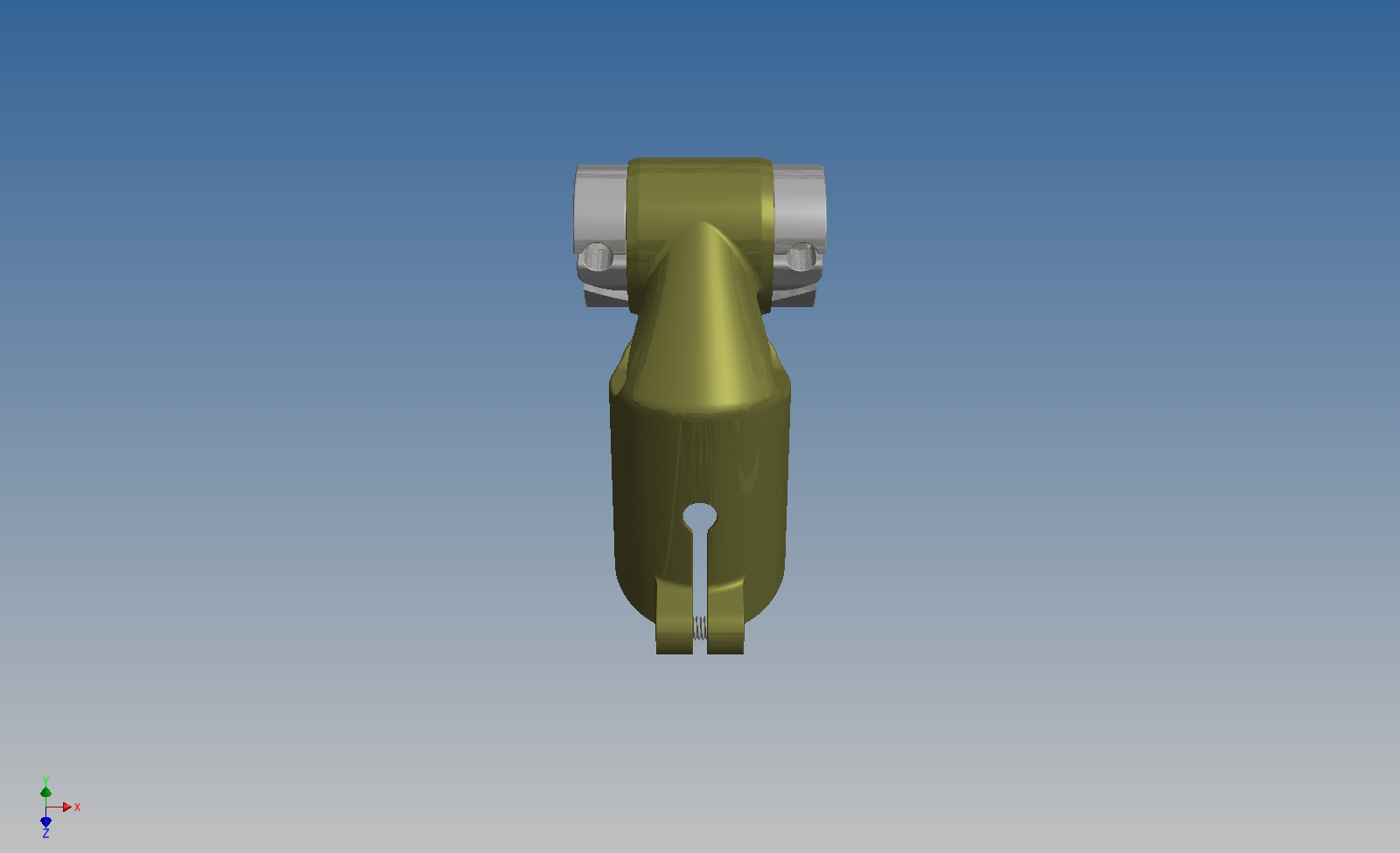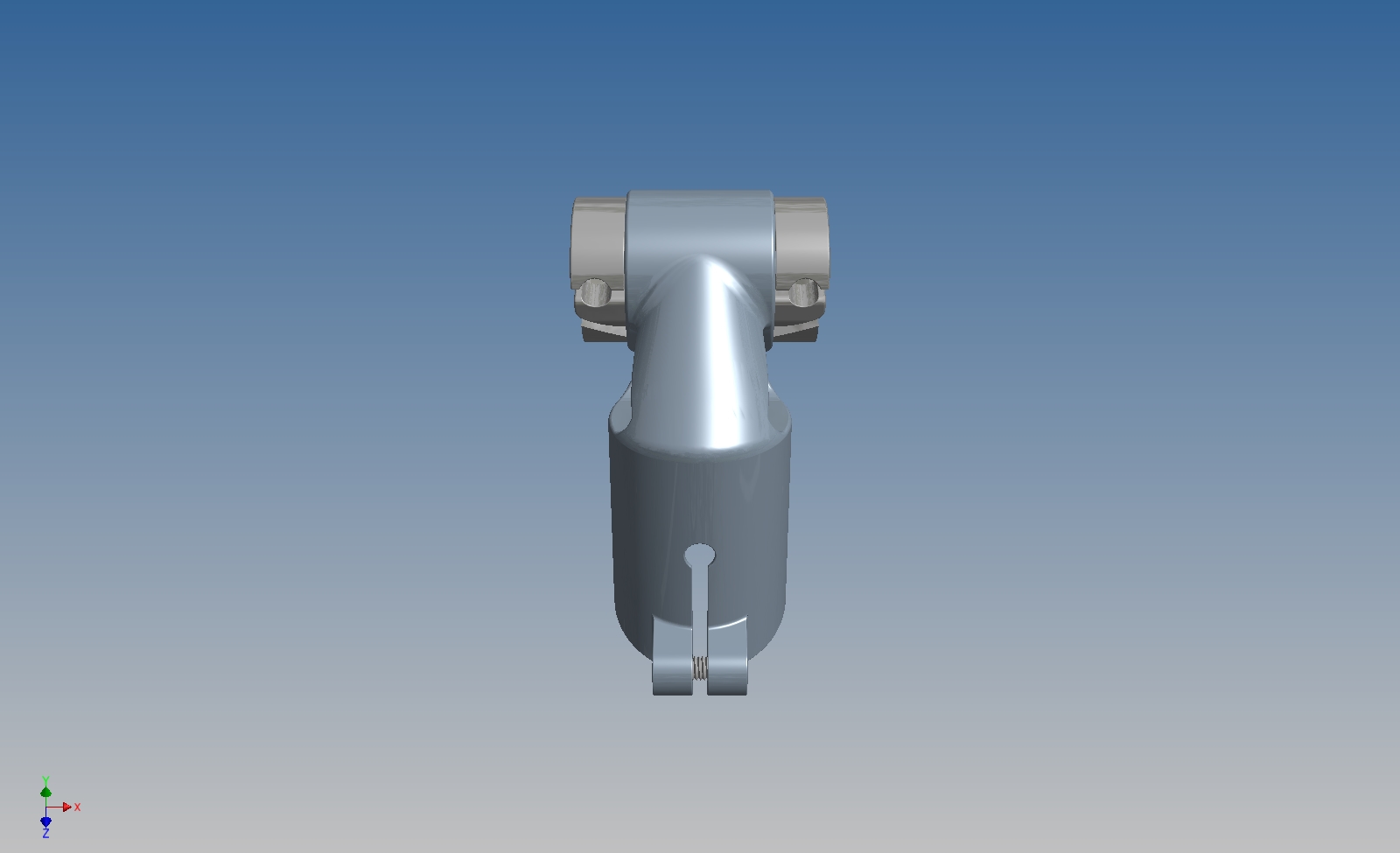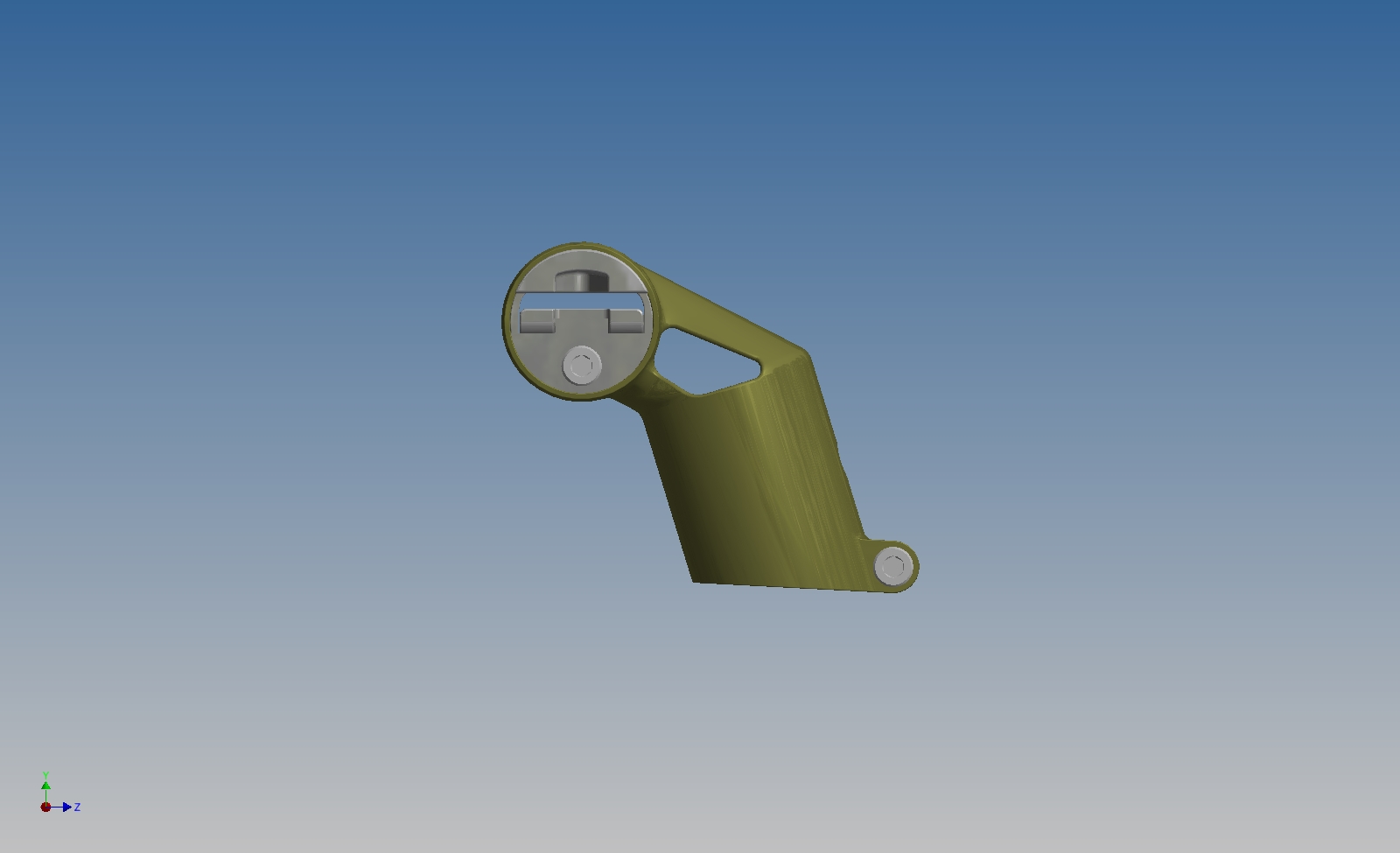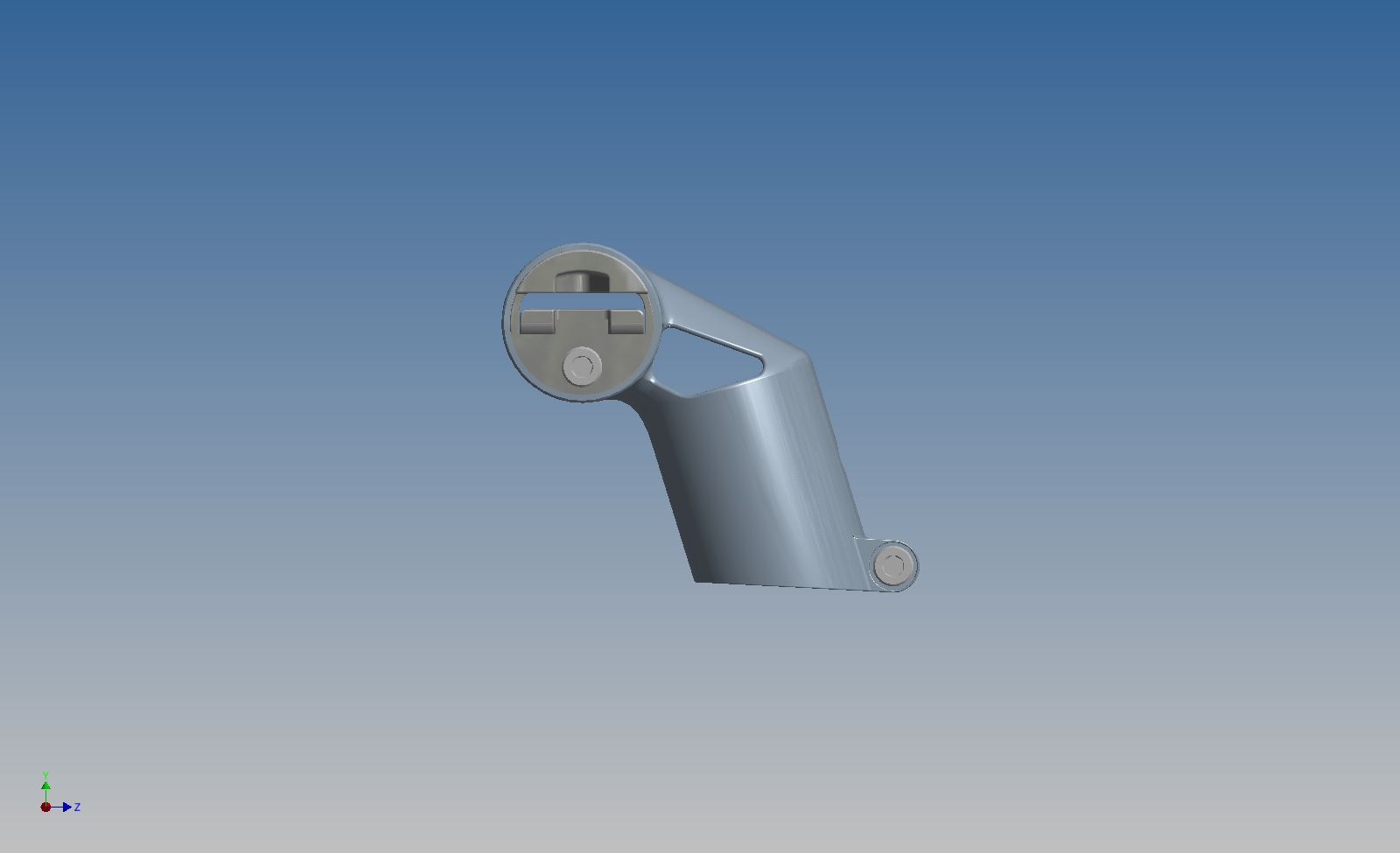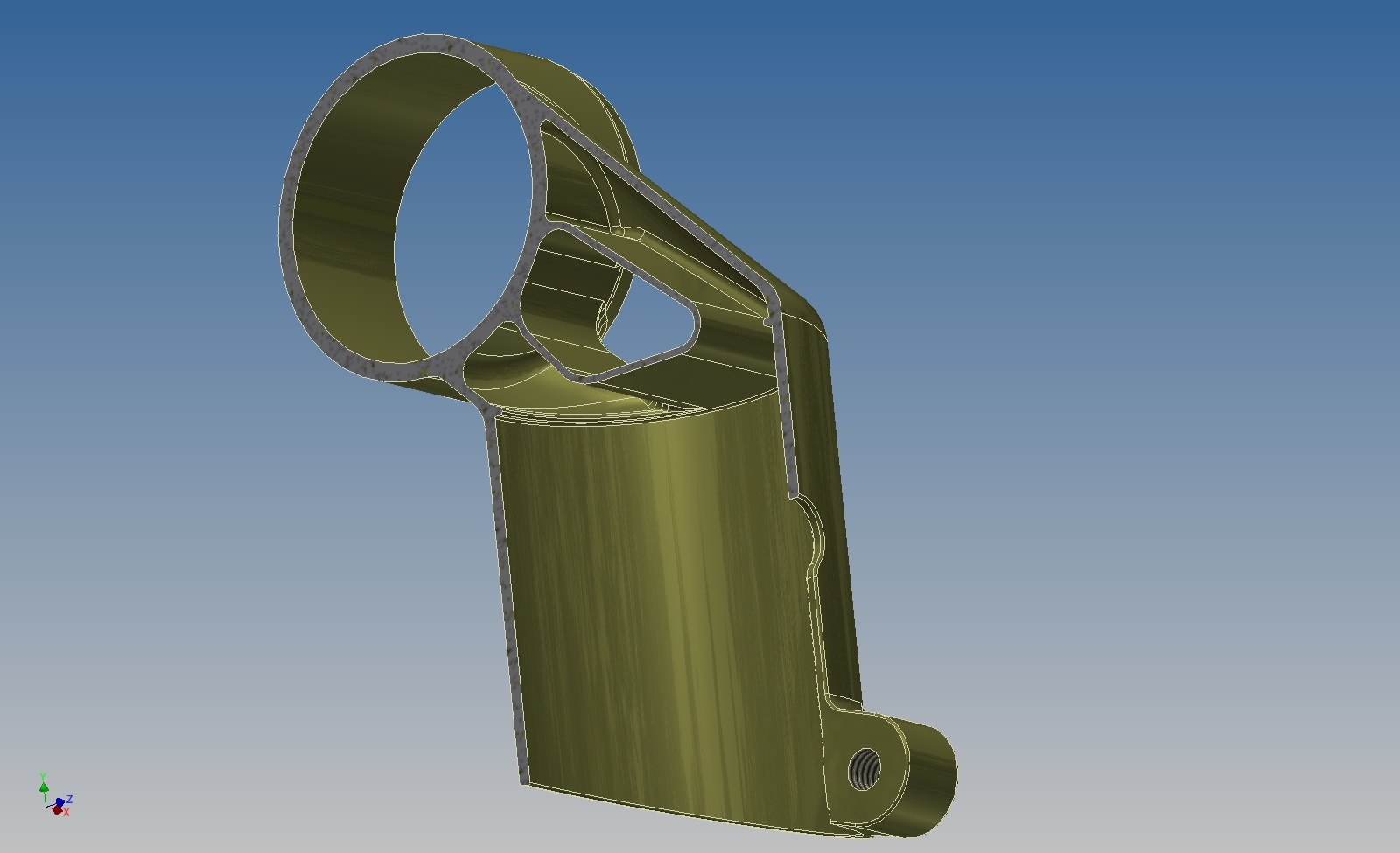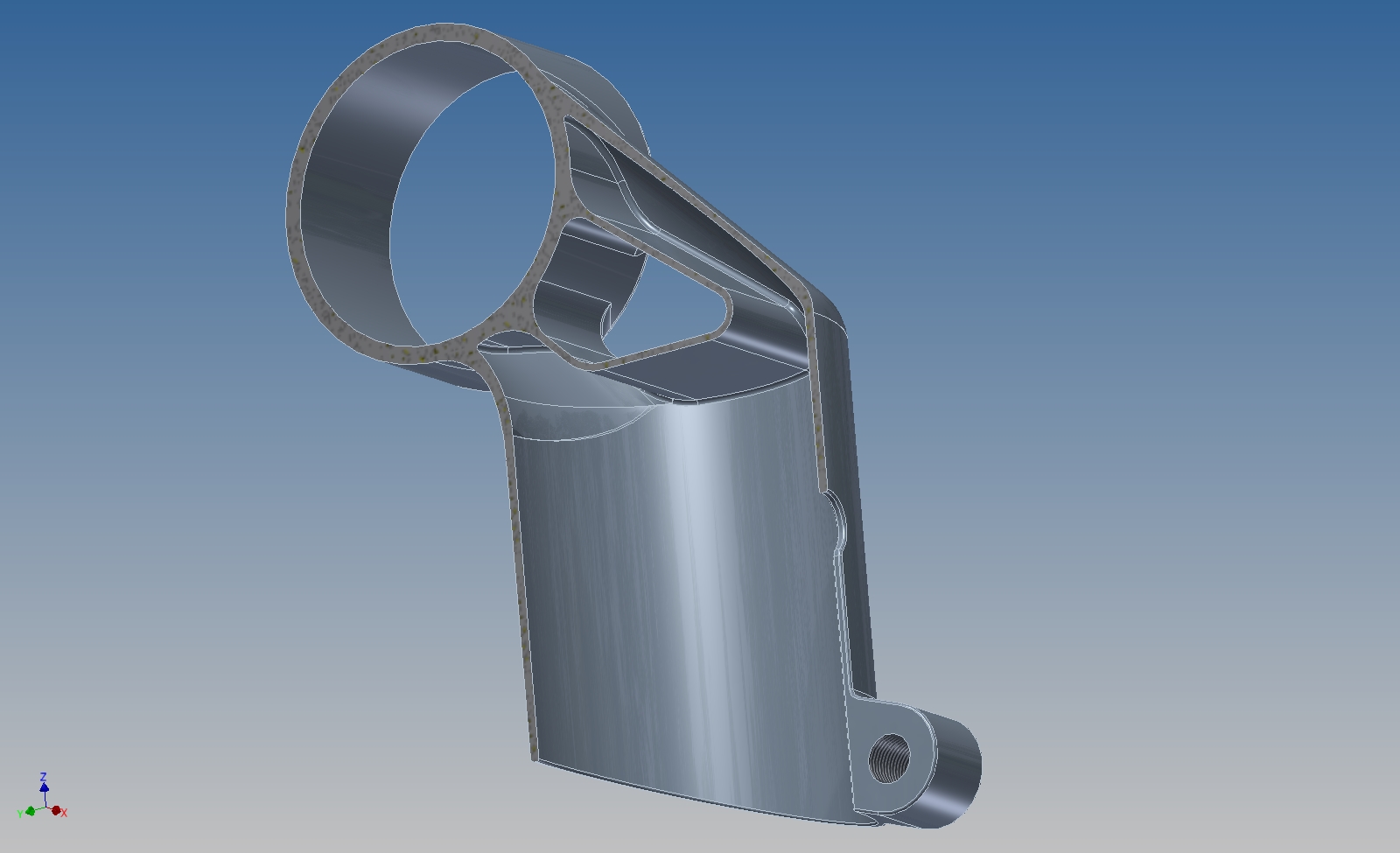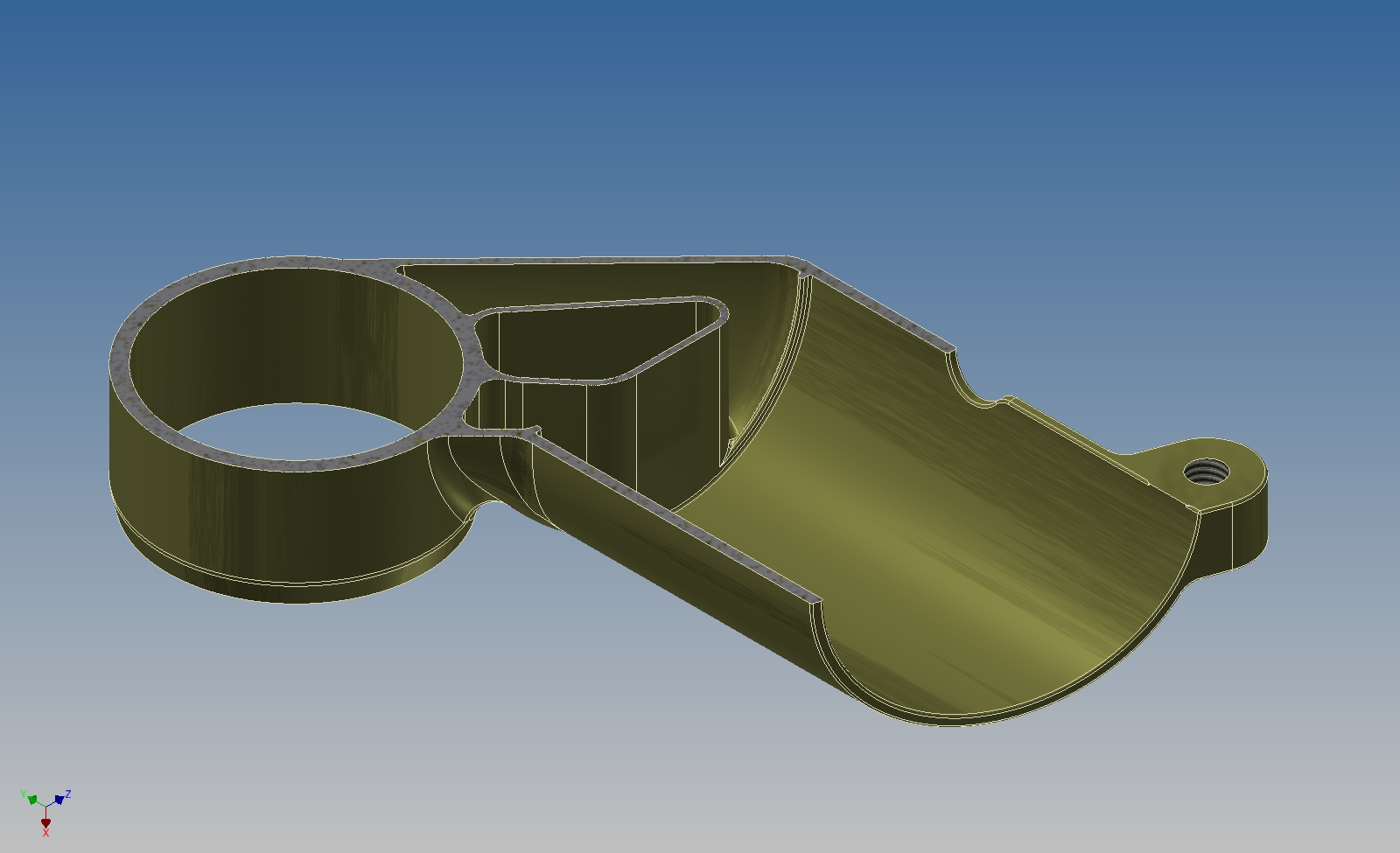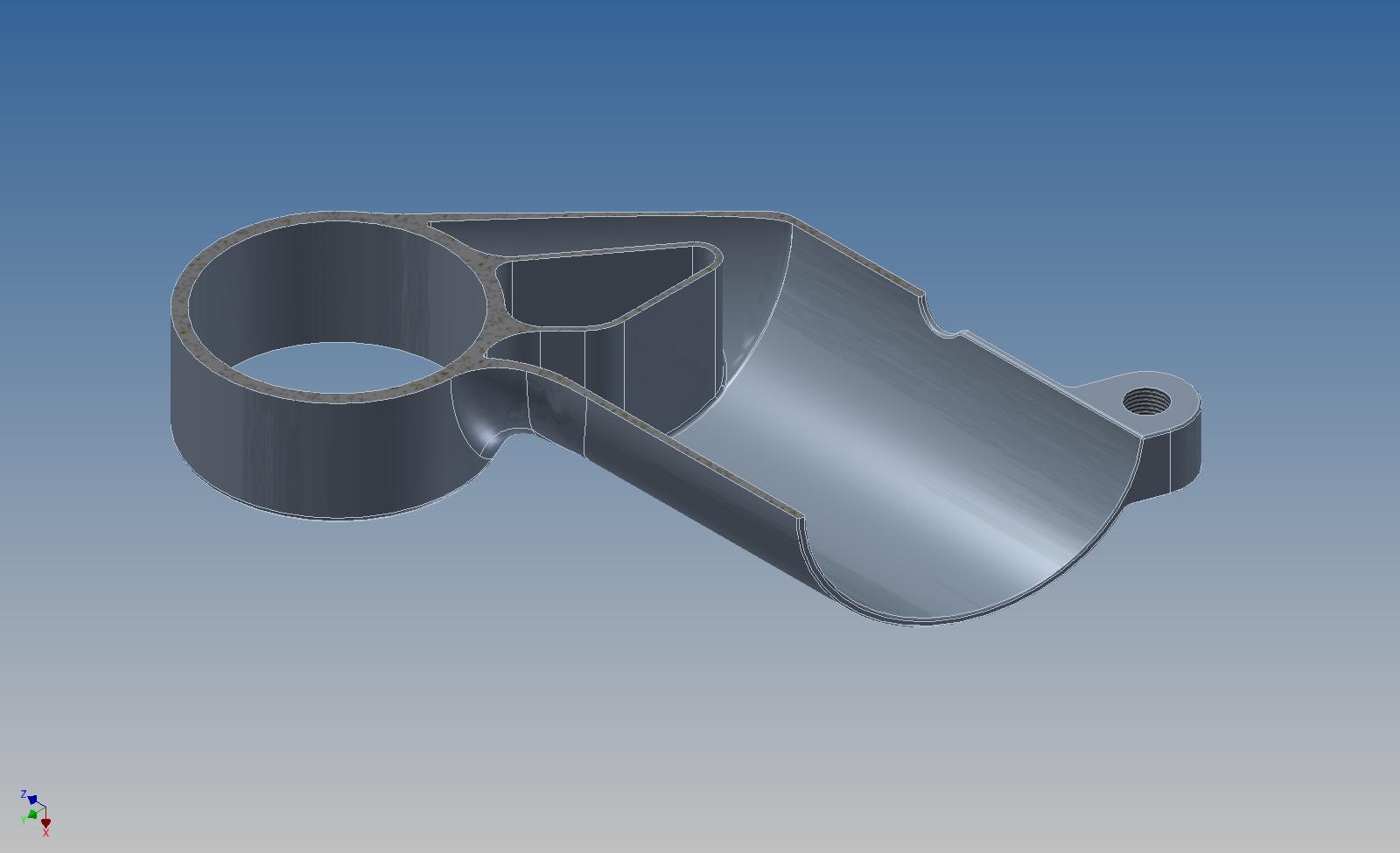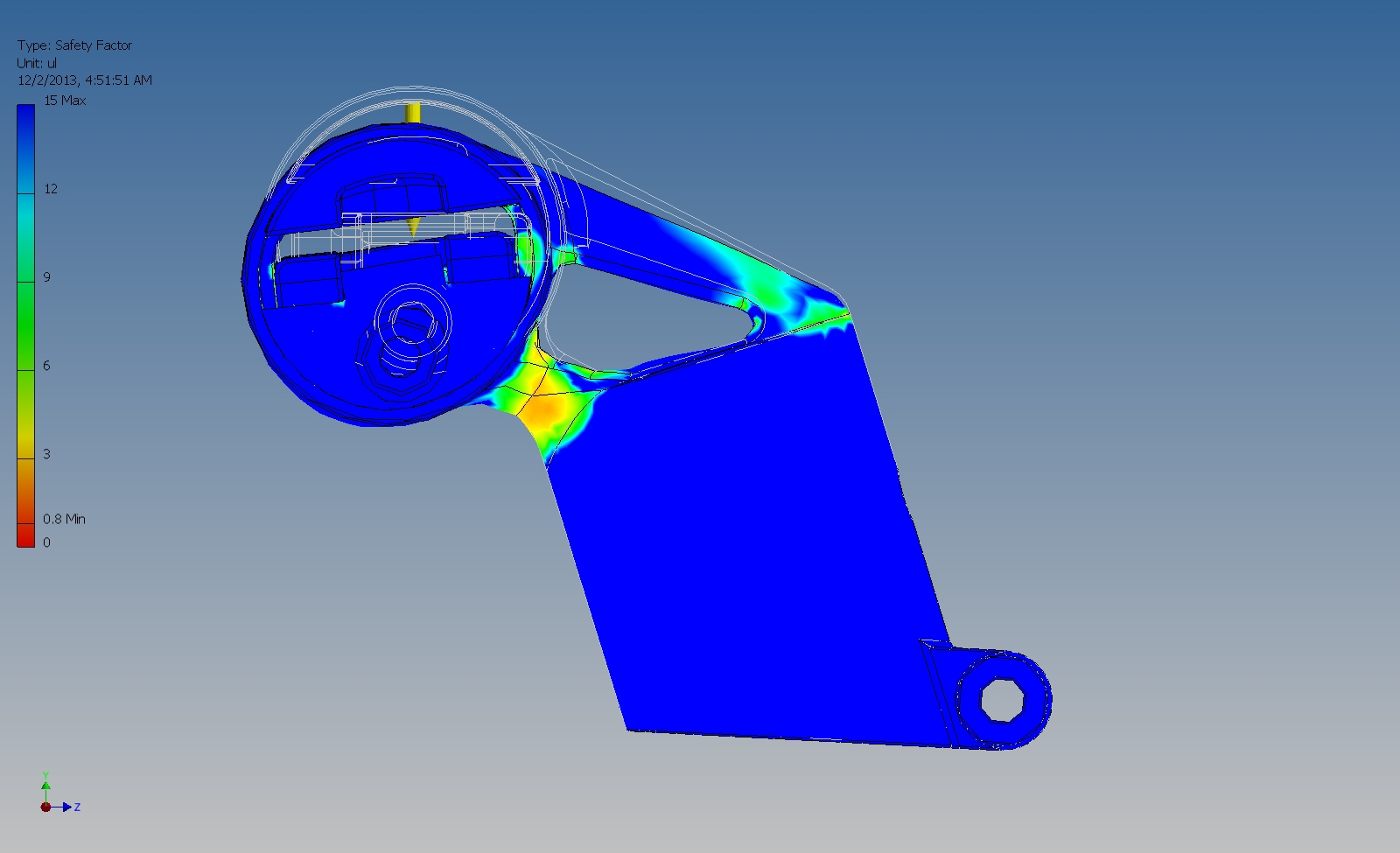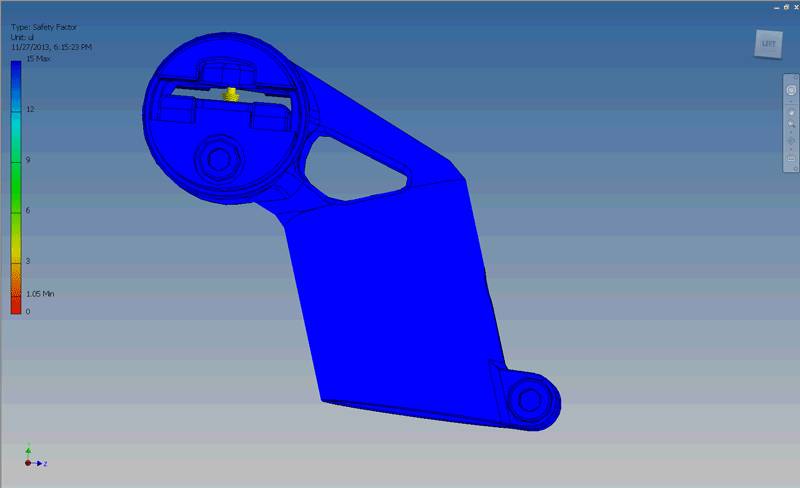I'm currently using Moves to track my physical activity. Moves uses motion & location data on my iPhone to see how far I walk, run, and bike during the day. It integrates with maps & the Foursquare API to add data about what locations I visit and my routes of travel.
I want the same thing, but for my desktop & mobile computer usage, with the end result being that I can track what projects and activities I'm working on. Let's call it Works. It's a tool for freelancers & employees to automate time tracking.
It's most important for me on my desktop computer. By tracking which processes are running and which windows are in the foreground, Works can tell me what work activities I'm engaging in. If I've got Inventor open, I'm 3D modeling; if it's Arduino, I'm programming. If my browser has Digikey and Mouser tabs open, I'm doing electronics research & procurement; if my Gmail tab is in the foreground, it's probably client relations. Etc.
Dig a layer deeper, and Works could start to analyze the displayed content of the applications I'm looking at. Using simple OCR, it could quickly determine part names of whatever I'm modeling; recipient names of the emails I'm composing; etc, and use that data to get an idea of what I'm doing and who I'm doing it for.
All of these datapoints are input into a time management spreadsheet with timestamps. Works could sample 'top' (the command line application) and a screenshot every couple of minutes, scan the relevant data fields, and return its guess as to what project & process I'm currently engaged in. At the end of the day, it could prompt me to confirm that it's on the right track - much like Moves allows me to edit location data from Foursquare.
Right?
Credit to Zach Dunham for most of this idea.



